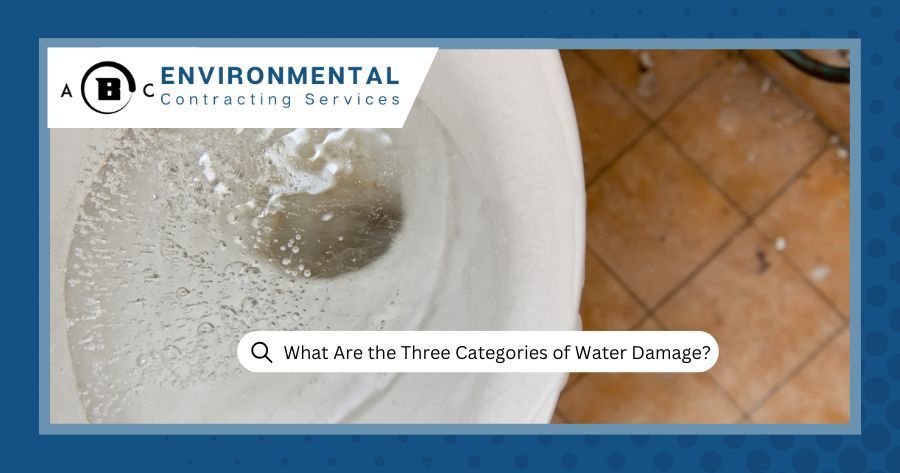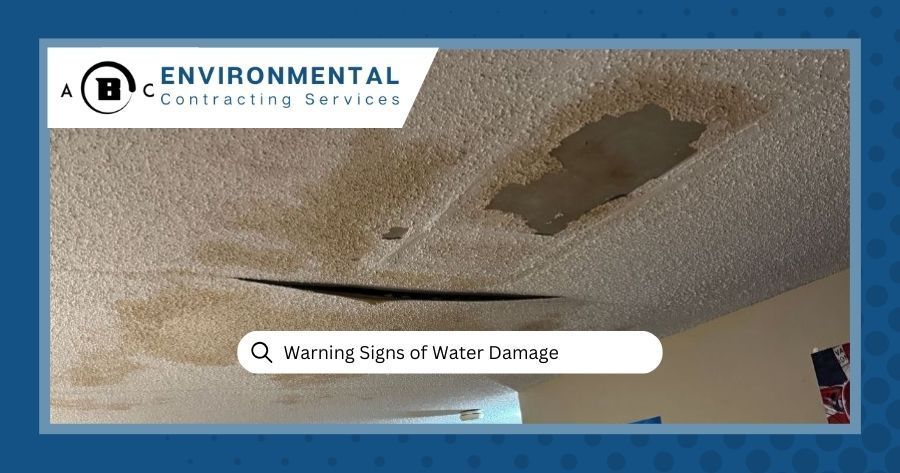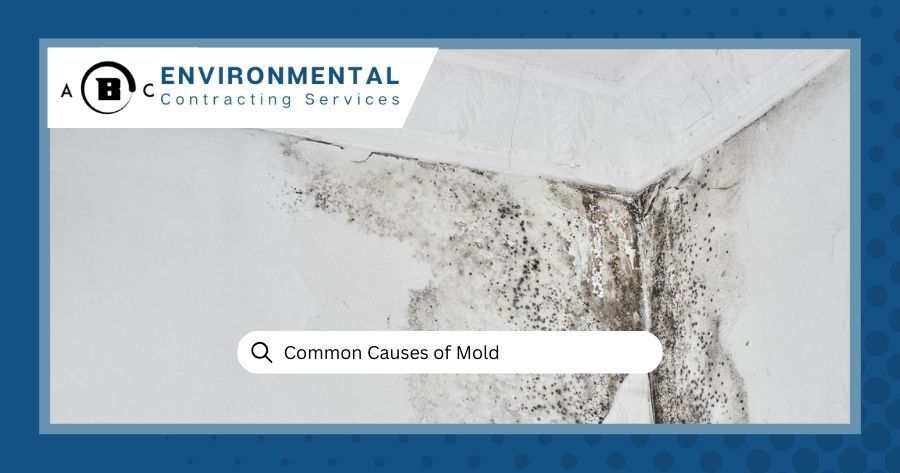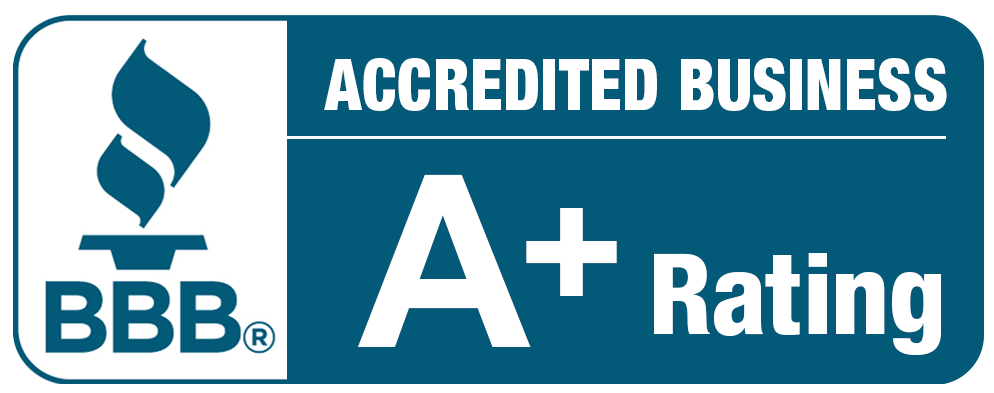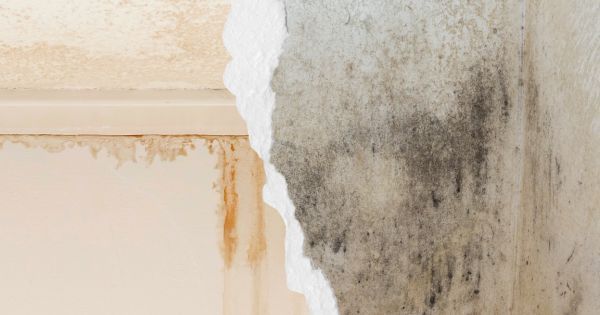
In the realm of household headaches, water damage, and mold infestation are two big players. While they may seem similar at first glance, understanding the nuances between the two can save you from a lot of trouble down the road. Let's delve into the basics of water damage and mold, their causes, differences, and how to tackle them. If you are looking for services for mold remediation Columbia, MO, we’ve got you covered.
What Is Water Damage and What Causes It?
Water damage occurs when excess water begins to pool in areas where it shouldn't, destroying structures and belongings. This can stem from burst pipes, leaking roofs, flooding, or even simple plumbing issues. The aftermath can range from soggy carpets and warped floors to more serious structural damage if left untreated.
What Is Mold and What Causes It?
Mold is a type of fungus that develops in damp, humid environments. It reproduces through tiny spores that float in the air and can settle on surfaces, where they grow into colonies if conditions are favorable. Common causes of mold include water leaks, poor ventilation, high humidity levels, and water seepage from floods or leaks.
Mold hotspots in your home include basements, bathrooms, and attics, which are often subject to poor ventilation and excess moisture. Once mold takes hold, it can spread rapidly and cause health issues for occupants.
Relationship Between Water Damage and Mold Growth
Water damage and mold often go hand in hand. When water infiltrates a building, whether from a leaky roof or a burst pipe, it creates the perfect breeding ground for mold. Excess moisture creates the perfect environment for mold spores to grow rapidly, sometimes within just 24-48 hours.
Mold vs Water Damage: Key Differences
We’ll walk you through the main differences between mold vs water damage, including visual manifestations, smell, harmfulness, removal and repair processes, and the costs related to it.
Appearance
Water damage typically manifests as stains, discoloration, swelling, or warping of affected materials like walls, ceilings, and floors.
Mold, on the other hand, appears as fuzzy patches or spots that range in color from black and green to white and orange. It’s also not uncommon to see mold on concrete, especially in basements or garages where humidity levels are high and surfaces remain cool and damp.
- Fuzzy Patches or Spots: Mold growth typically appears as fuzzy or velvety patches on surfaces. These patches may range in color from black and green to white and orange, depending on the type of mold.
- Visible Growth: Mold colonies may be visible on surfaces such as walls, ceilings, or grout lines. They can appear as clusters of small dots or spread out in larger patches, depending on the extent of the infestation.
Smell
Water damage typically does not give off an unpleasant odor. Mold, however, has a distinct earthy or mildewy smell, which gets stronger as it spreads. If you’re wondering how to get rid of mold smell, it usually requires both identifying and addressing the source of the moisture and removing the mold colonies.
Harmfulness
While both water damage and mold can wreak havoc on your property, mold carries additional health risks. Exposure to mold spores can trigger allergic reactions, respiratory problems, and other health issues, particularly in individuals with weakened immune systems or pre-existing conditions.
Removal and Repair
Tackling water damage often involves drying out the affected area, repairing leaks, and replacing damaged materials. Mold remediation, on the other hand, requires specialized techniques, approved by IICRC, to identify and remove mold colonies safely. This may include containment measures, HEPA filtration, thorough cleaning, and sometimes, the removal of contaminated materials.
Costs
Repairing water damage can range from a few hundred to several thousand dollars, depending on the severity of the damage and needed repairs. Mold remediation typically involves higher costs because of the specialized equipment and expertise, ranging from $500 to $6,000 or more.
Prevention Strategies
To prevent both water damage and mold infestation, proactive measures are key. Here are some important strategies you can use:
- Regular Maintenance: Routinely inspect your home's plumbing, roofing, and HVAC systems to check for leaks, clogs, or other issues that could lead to water damage. Address any minor issues promptly to prevent them from escalating into larger problems.
- Fast Repairs: If you notice any signs of water damage, such as stains, discoloration, or dripping water, tackle them immediately. Repair leaks in pipes, faucets, or roofs as soon as they're discovered to prevent water from seeping into walls, ceilings, or floors.
- Proper Ventilation: Ensure that areas prone to moisture buildups, such as bathrooms, kitchens, and basements, are properly ventilated. Open windows during activities that generate steam or humidity, like showering or cooking, to prevent moisture from accumulating.
- Control Indoor Humidity: Maintain indoor humidity levels between 30% and 50% to discourage mold growth. Use dehumidifiers in damp areas and consider installing a whole-house dehumidification system if necessary, especially in humid climates.
- Monitor Outdoor Drainage: Ensure that gutters and downspouts are clear of debris and directed away from your home's foundation to prevent water from pooling around the structure. Grade the soil around your property to slope away from the foundation, encouraging proper drainage.
- Inspect Seals and Caulking: Check seals around windows, doors, and other openings for signs of wear or damage. Replace worn or cracked caulking to prevent water seepage and drafts, which can lead to both water damage and mold growth.
- Install Leak Detectors: Consider installing water leak detectors or smart water monitoring systems that can alert you to leaks or abnormal water usage in real-time. Early detection can help minimize the extent of water damage and prevent mold growth.
- Tackle Exterior Water Intrusion: Seal cracks in the foundation and exterior walls to prevent water from infiltrating the building envelope. Install proper drainage systems, such as French drains or sump pumps, to divert groundwater away from the foundation.
- Professional Inspection and Maintenance: Schedule regular inspections by qualified professionals, such as plumbers, roofers, and HVAC technicians, to assess the condition of your home's systems and identify potential issues before they escalate.
Contact ABC Environmental Contracting Services in Columbia
For expert assistance with mold remediation in Columbia, look no further than
ABC Environmental Contracting Services. Our team of certified professionals specializes in removing and remedying mold infestations. Contact us today at (573) 928-2668 or submit an
online form. We offer 24/7 emergency services, so call us anytime and we will be there in no time.

